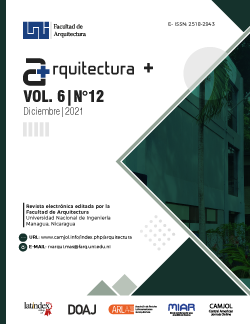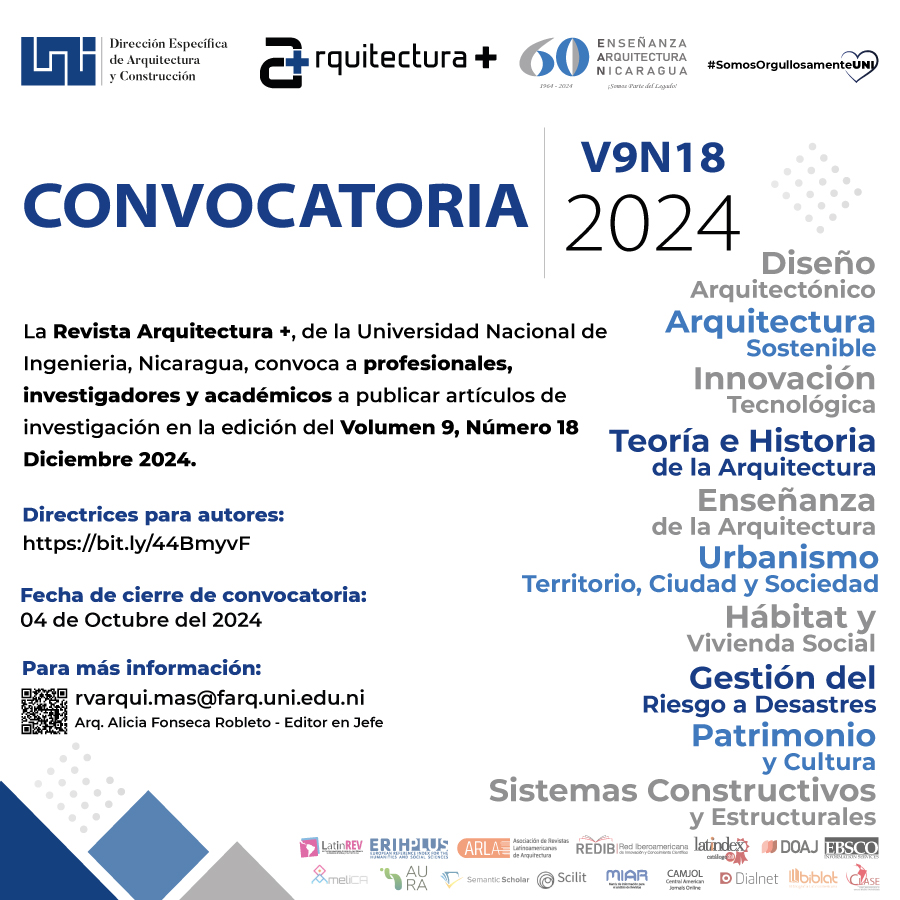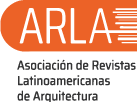Urban morphology of the Historic Center of Bellavista. Case studies: Bolognesi Street and Isabel La Catolica Square, 1949, 2019
DOI:
https://doi.org/10.5377/arquitectura.v6i12.13093Keywords:
Monumental Zone of Bellavista-Callao, Isabel La Católica Square, Bolognesi Street, urban morphology, 1949, 2019Abstract
Very little is known about the true origin of Bellavista, a district that was created in 1746 after the catastrophe that ended up destroying not only colonial Lima, but also the old city of Callao. Founded by the Viceroy Manso de Velasco to become the New Port of Callao and whose design was entrusted to the engineer Luis Godín, the same one who was in charge of designing the famous Real Felipe Fortress.
Despite its great historical value, Bellavista has only one statement: the facade of the Telmo Carbajo Stadium. Unfortunately little has been investigated about the old buildings in this district. Therefore, this article aims to present urban studies that show changes in urban morphology during a period of 70 years in 1949 and 2019 focused on monumental urban environments: Isabel La Católica Square and Bolognesi Street, with the intention that said urban-patrimonial value allows obtaining a declaration as an integral good of the Cultural Patrimony of the Nation in its condition of Monumental Zone.
Downloads
Downloads
Published
How to Cite
Issue
Section
License
Copyright (c) 2021 Universidad Nacional de Ingeniería

This work is licensed under a Creative Commons Attribution-NonCommercial-NoDerivatives 4.0 International License.





















